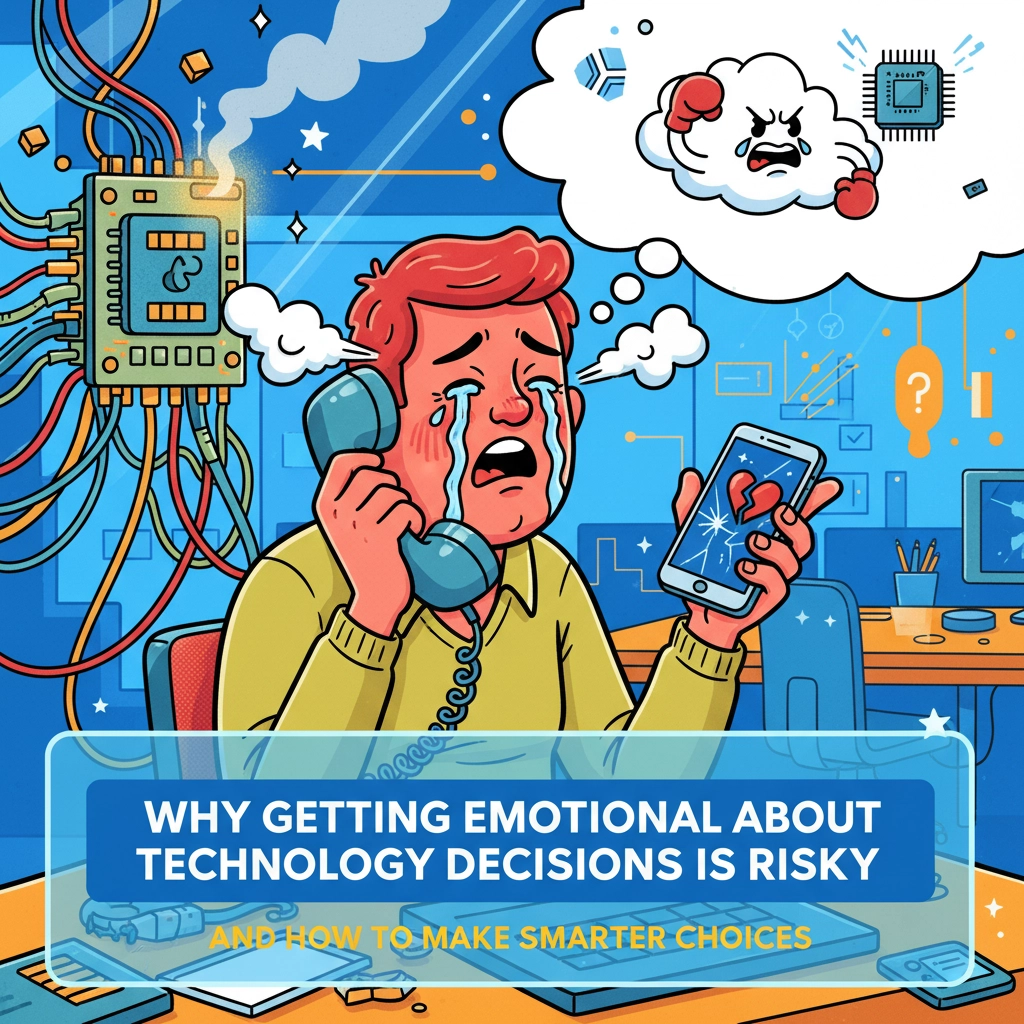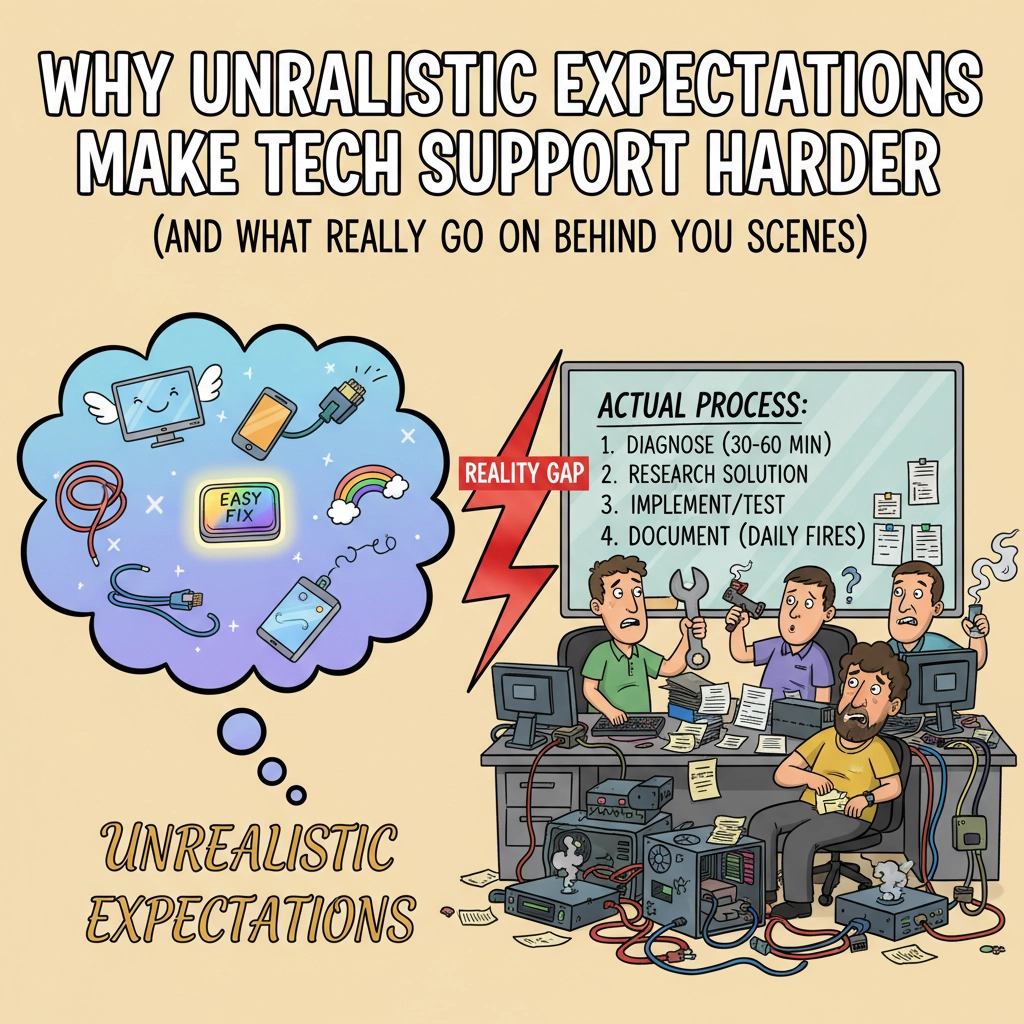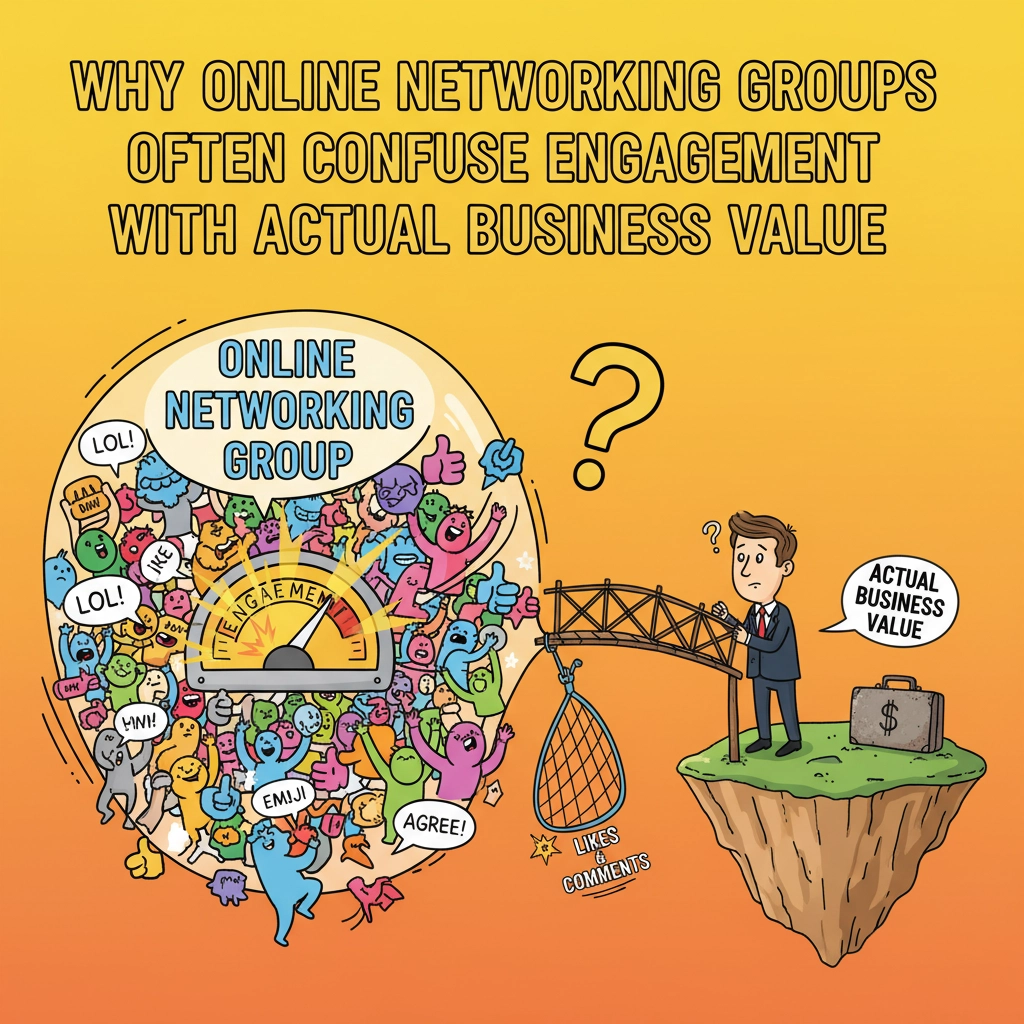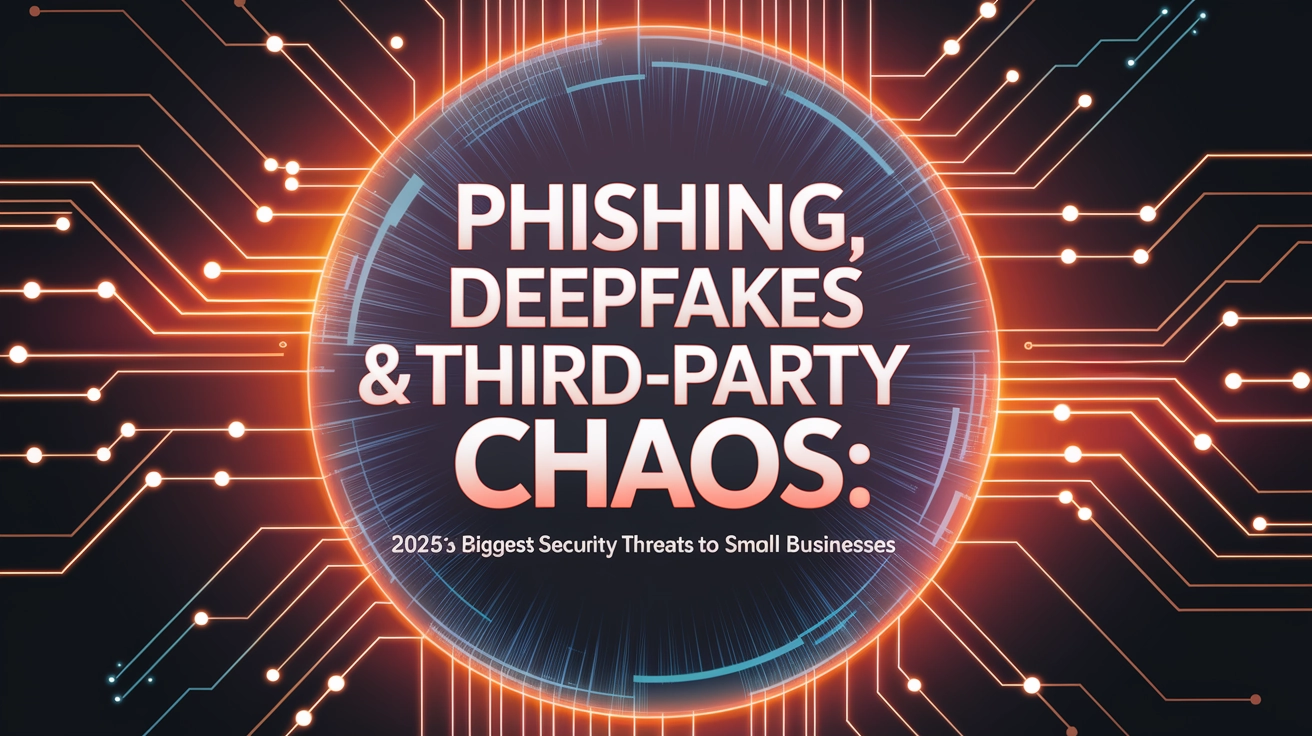
The Evolving Threat Landscape for Small Businesses
Small business owners have enough on their plates without adding “cybersecurity expert” to the job description. Unfortunately, in 2025, that’s exactly what’s being demanded of you. The digital threats targeting small businesses have evolved dramatically, becoming more sophisticated, more personalized, and far more damaging.
While large enterprises make headlines when breached, small businesses remain the primary targets for cybercriminals. Why? Because you typically have fewer resources dedicated to security, less sophisticated defenses, and just enough valuable data to make the effort worthwhile for attackers.
As we navigate through 2025, three threats stand out as particularly dangerous for small businesses: increasingly sophisticated phishing campaigns, the rise of deepfakes in social engineering, and the cascading risks from third-party security failures. Let’s break down what you’re up against and what you can actually do about it.
Advanced Phishing: It’s Not Your Father’s Nigerian Prince Scam
Phishing remains the number one entry point for cyberattacks, but today’s phishing bears little resemblance to the obvious scams of yesterday. In 2025, small businesses are facing AI-generated phishing campaigns that adapt in real-time to target your specific business operations, employees, and even mimic your communication patterns.
Recent data shows that small businesses receive an average of 350% more malicious emails per employee than large enterprises. This isn’t random—it’s because attackers know you’re less likely to have enterprise-grade email security solutions in place.
Modern phishing campaigns now include:
- Contextual spear phishing that references ongoing projects or recent business activities
- Conversation hijacking where attackers insert themselves into legitimate email threads
- Vendor email compromise appearing to come from trusted suppliers requesting payment changes
- Multi-channel phishing that coordinates across email, text messages, and voice calls

The most alarming trend is the use of AI to craft messages that perfectly mimic the writing style of colleagues, vendors, or executives. These messages can be generated at scale, with personalization that makes them nearly indistinguishable from legitimate communications.
Deepfakes: When “Seeing Is Believing” Becomes Dangerous
Perhaps the most troubling development of 2025 is the democratization of deepfake technology. What once required significant technical expertise and computing power now requires neither. Small businesses are increasingly falling victim to scams involving:
- Video conference impersonation where attackers join calls disguised as executives
- Synthetic voice authorization for fraudulent wire transfers or data access
- Fabricated customer service interactions to harvest credentials
- Manipulated testimonials or negative reviews that damage reputation
The financial impact can be devastating. In a recent case, a manufacturing company with just 23 employees lost $175,000 when their CFO received what appeared to be a video call from their CEO requesting an urgent wire transfer to secure a “confidential acquisition opportunity.”
The technology has become so accessible that business owners can no longer rely on traditional verification methods. Phone calls, video chats, and even in-person meetings (which could be referenced in manipulated recordings) are no longer foolproof authentication methods.
Third-Party Chaos: Your Security Is Only as Strong as Your Weakest Vendor
The third major threat vector expanding rapidly in 2025 is what security professionals call “the supply chain attack”—or what we’re calling “third-party chaos.” Small businesses typically rely on dozens of software services, contractors, and vendors to operate. Each one represents a potential entry point for attackers.
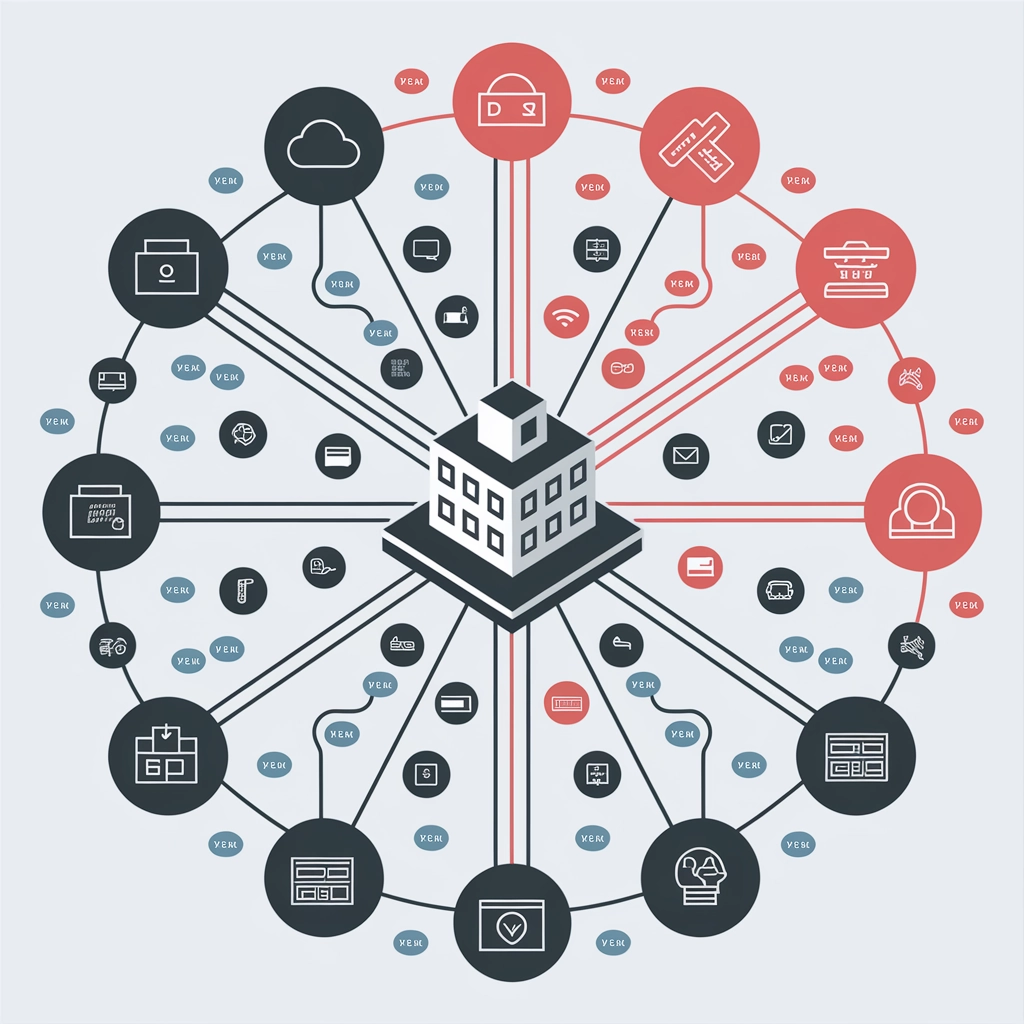
Consider these sobering statistics:
- 63% of data breaches now originate through third-party access
- The average small business uses 102 different SaaS applications
- Only 34% of small businesses have formal vendor security assessment processes
This creates a perfect storm of vulnerability. When your accounting software, customer relationship management system, website hosting, or payment processor gets compromised, you become compromised as well—often without any direct security failure on your part.
We’re seeing a troubling trend of attackers specifically targeting service providers with small business customers, knowing that these vendors often have privileged access to multiple businesses. One compromised marketing agency in early 2025 led to data breaches at 32 different small businesses.
Social Media Account Takeovers: Your Digital Identity at Risk
While not specifically mentioned in the title, social media account takeovers deserve special attention as they represent a significant threat vector for small businesses in 2025. Your social media presence is often the first impression potential customers have of your business.
When attackers gain control of these accounts, they can:
- Post malicious links that infect your followers
- Damage your reputation with inappropriate content
- Launch scams targeting your customers
- Harvest contact information and relationship data
- Lock you out of your own digital identity
The business impact extends far beyond the inconvenience of regaining account access. The reputational damage can persist long after technical issues are resolved, and the loss of customer trust can be permanent.
Ransomware: Evolved, Targeted, and More Damaging Than Ever
Ransomware continues to plague small businesses, but with evolved tactics that make previous generations of attacks seem quaint by comparison. Modern ransomware operators now:
- Conduct extensive reconnaissance before encrypting data
- Exfiltrate sensitive information before encryption (double extortion)
- Target specific high-value systems rather than encrypting everything
- Adjust ransom demands based on your financial information
- Maintain persistent access even after ransom payment

The average ransom demand for small businesses has increased to $111,605 in 2025, with recovery costs (including downtime, reputation damage, and technical remediation) averaging 4-5 times the ransom amount.
More concerning is the increased targeting of small businesses in specific industries like healthcare, legal services, and financial consulting—sectors with sensitive data and regulatory requirements that make them more likely to pay quickly.
Practical Protection Strategies for Small Businesses
Despite these evolving threats, small businesses aren’t helpless. Here are practical steps you can take to significantly improve your security posture:
- Implement Multi-Factor Authentication (MFA) Everywhere
Not just for email, but for all business applications, social media accounts, and banking access. - Adopt a Password Manager
Stop using the same passwords across different services and ensure all team members have unique, complex passwords. - Create Verification Protocols for Financial Transactions
Establish out-of-band verification for any payment changes or wire transfers, preferably through multiple channels. - Conduct Regular Security Awareness Training
Your team needs to understand current threats and how to identify them. Quarterly trainings with simulated phishing tests can dramatically reduce successful attacks. - Implement Email Security Beyond Basic Spam Filtering
Consider solutions that analyze communication patterns and flag anomalous requests. - Establish a Vendor Security Assessment Process
Even a simple questionnaire for new vendors can help identify security red flags. - Backup Critical Data Regularly
Follow the 3-2-1 rule: three copies, two different media types, one off-site. - Patch and Update Systems Promptly
Unpatched vulnerabilities remain a primary entry point for attackers. - Consider Cyber Insurance
While not a replacement for good security practices, it can provide financial protection if the worst happens. - Develop an Incident Response Plan
Know what you’ll do and who you’ll call when (not if) a security incident occurs.
The Reality of Modern Small Business Security
The security landscape of 2025 requires small businesses to think differently about cybersecurity. It’s no longer an IT problem—it’s a business survival issue. With limited resources, prioritizing your security investments becomes critical.
For many small businesses, the most cost-effective approach is partnering with security experts who can provide enterprise-grade protection scaled to your needs. Our team at Your Personal Ninja specializes in helping small businesses navigate these complex threats without breaking the bank or requiring you to become a security expert overnight.
The good news? Small businesses that implement even basic security measures significantly reduce their risk profile. You don’t need perfect security (no one has that), but you do need to be more secure than similar businesses in your industry. In cybersecurity, you don’t need to outrun the bear—just the other hikers.
Staying Ahead of the Curve
As we move through 2025, the threat landscape will continue to evolve. Staying informed about emerging risks is crucial. Consider following our cybersecurity blog at US Tech Support Solutions for regular updates on the threats targeting small businesses specifically.
Remember that cybersecurity isn’t just about technology—it’s about protecting your business’s reputation, financial health, and customer trust. In today’s interconnected business environment, good security practices aren’t just defensive measures; they’re competitive advantages that demonstrate your commitment to protecting stakeholder information.
With awareness, planning, and the right partnerships, small businesses can navigate even the most sophisticated security threats of 2025 and beyond.
Share this:
- Click to share on Facebook (Opens in new window) Facebook
- Click to share on Tumblr (Opens in new window) Tumblr
- Click to share on X (Opens in new window) X
- Click to share on Pocket (Opens in new window) Pocket
- Click to share on Pinterest (Opens in new window) Pinterest
- Click to share on LinkedIn (Opens in new window) LinkedIn

